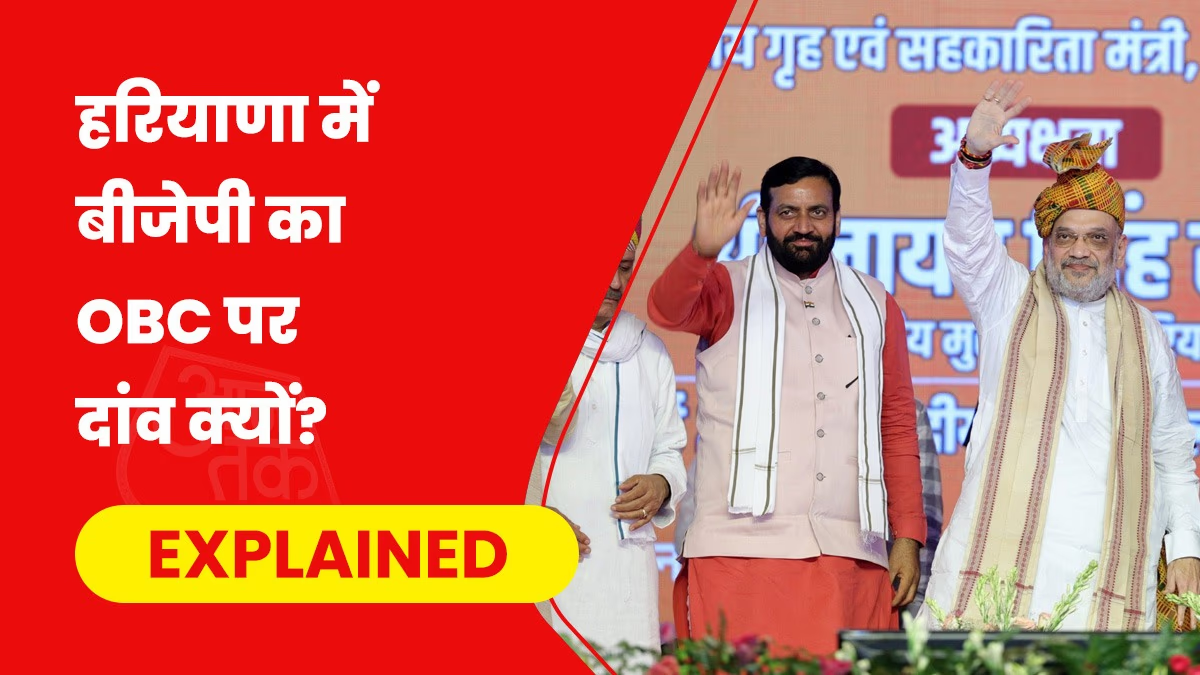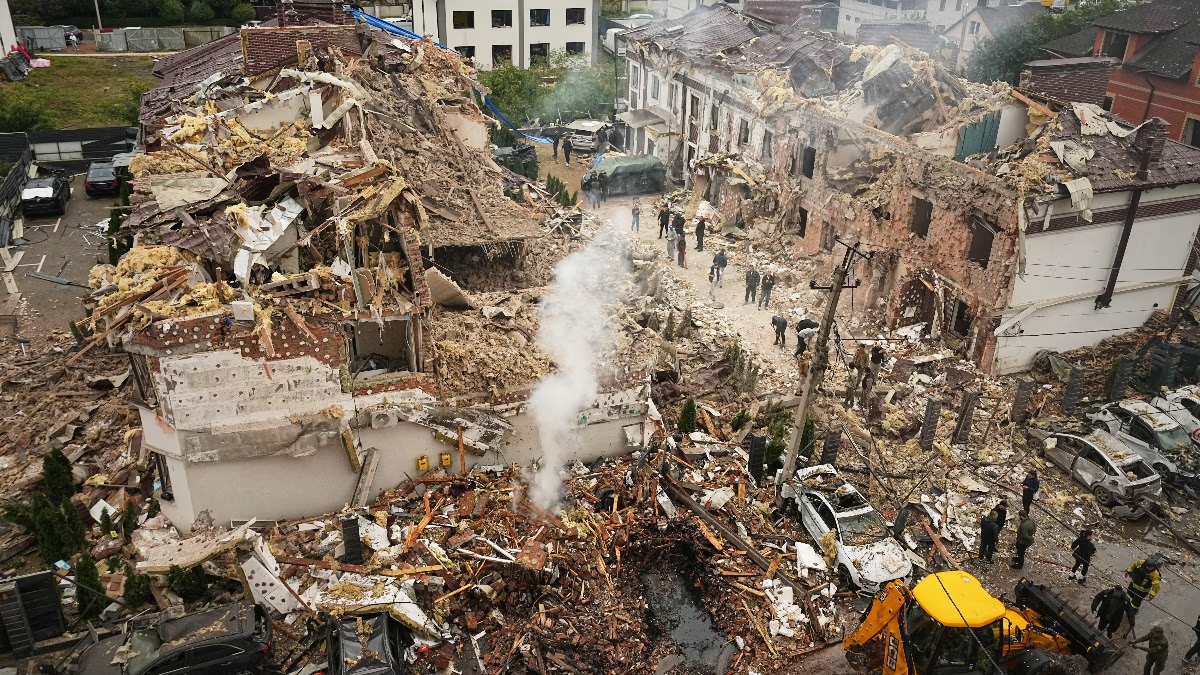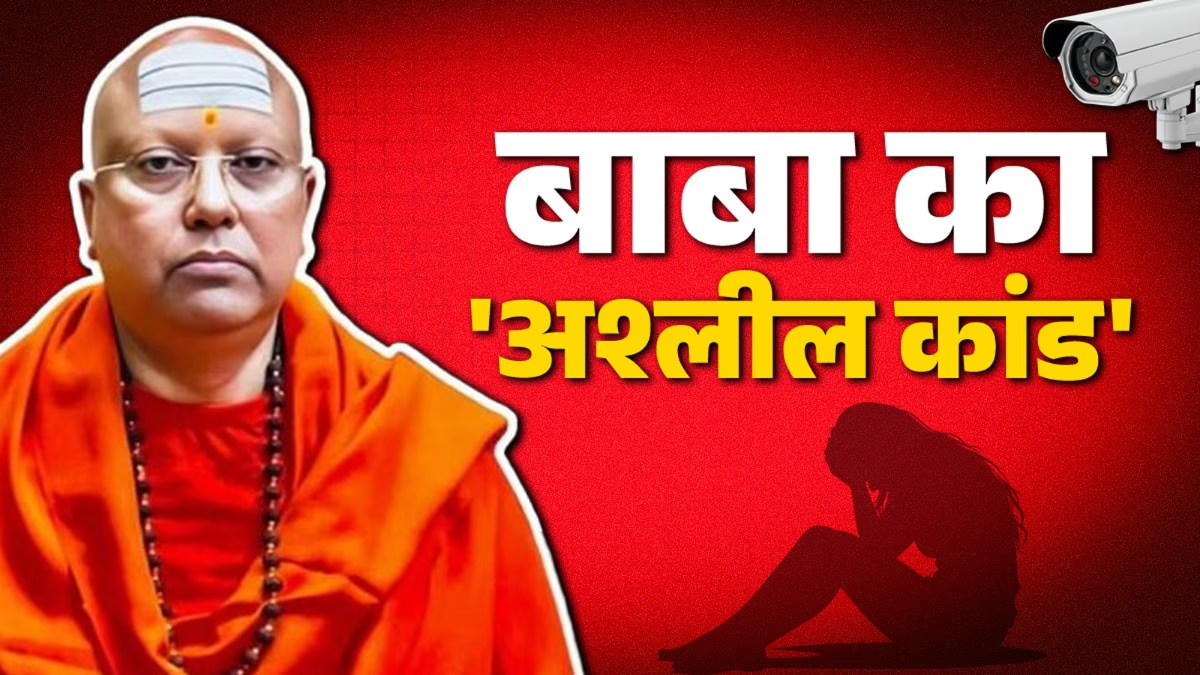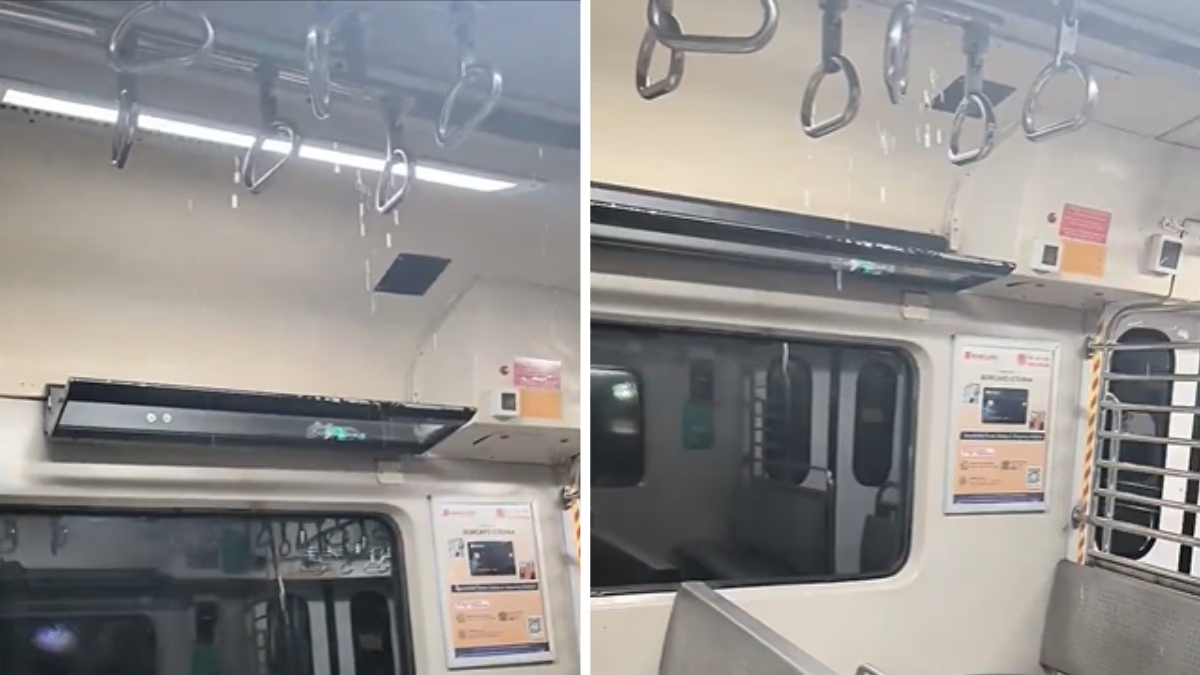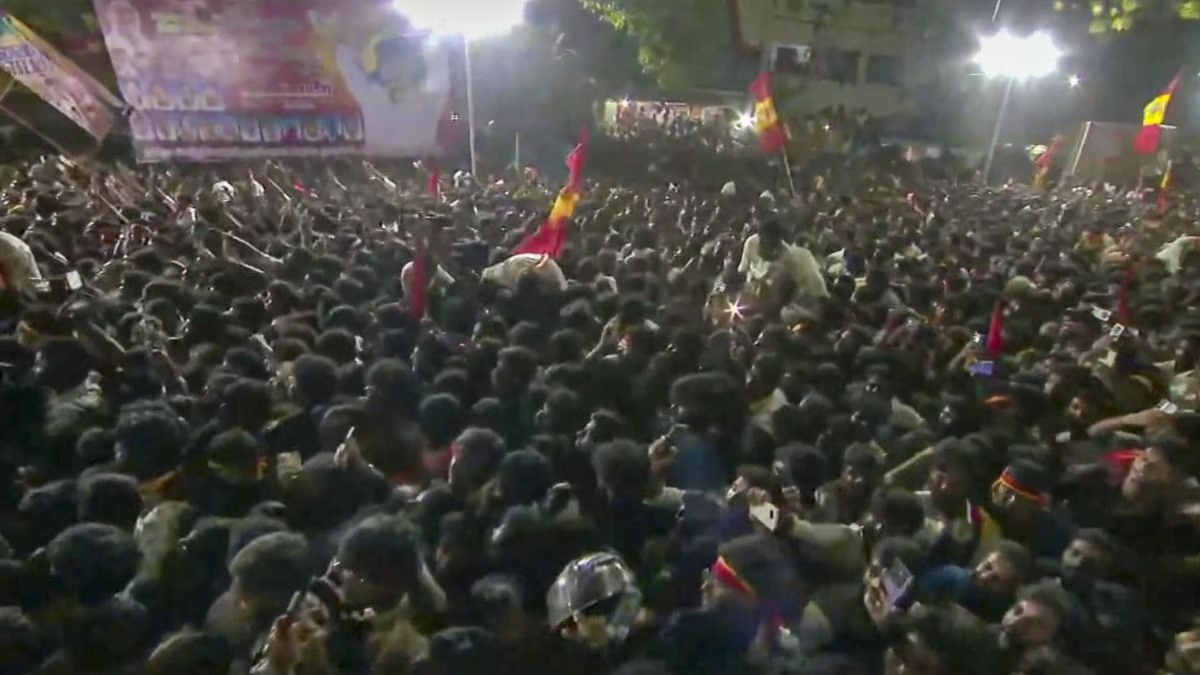With assembly elections on the horizon in Haryana, the BJP has played a significant move. They've announced measures targeting OBC voters.
On Tuesday, Union Home Minister Amit Shah announced an increase in the OBC 'creamy layer' limit in Haryana, along with defining a new quota for B category OBC castes. Haryana's government has also released the notification for this change.
This pre-election announcement is seen as a significant political strategy given that OBCs form a considerable vote bank in Haryana.
Changes in OBC reservation? 2 Points
1. Creamy layer increase:
The income threshold for the OBC 'creamy layer' in Haryana has been raised to 8 lakhs per annum. This means individuals earning over this amount annually will not be eligible for reserved quotas. Significantly, income from salaries and agriculture will not be included in this threshold.
- What was before:
Till now, the limit for the OBC 'creamy layer' in Haryana was set at 6 lakhs, while the central government had set it at 8 lakhs.
2. Reservations in Panchayats and Municipalities:
OBCs in Haryana are categorized into two groups: BC (A) and BC (B). Now, BC (B) will also receive a 5% reservation in Panchayats and Municipalities, separate from what BC (A) receives.
- What was before:
Previously, only castes in BC (A) category benefitted from an 8% reservation in these institutions.
The breadth of OBC reservation in Haryana:
A committee in Haryana, established in 1996 following the recommendations of the Mandal Commission, divided the OBC 27% reservation into two categories: BC (A) with 16% and BC (B) with 11%. The central government uses the term 'Other Backward Classes,' while Haryana references them as 'Backward Classes.' Thus, certificates issued by Haryana's government are not valid for applying to central government positions, and an OBC certificate is required.
According to Haryana's government, 72 castes fall under the BC (A) category. These are historically underprivileged communities with little to no land ownership, including Lohar, Kumhar, Dhobi, and Teli castes.
Meanwhile, the BC (B) category comprises six castes: Yadav/Ahir, Gujjar, Lodha, Saini, Mev, and Goswami. These communities are considered to be in a better position than those in BC (a) and are more likely to own land.
Why is this move considered an electoral strategy?
The decision, coming months before the assembly elections, is viewed as a canny political move. It's believed that BJP is reverting to its formula of non-Jat-centric politics.
Haryana's Jat community, who are angered by the recent farmer protests and sportspeople issues, represent another large voting bloc in the state. The OBC vote bank is even larger than the Jat vote bank.
Estimates place OBCs at 40% of Haryana's demographic, followed by 25% Jats, 20% Dalits, 5% Sikhs, and 7% Muslims. In 2019, BJP garnered 74% of Jat votes, 73% of OBC votes, and 58% of Dalit votes. Yet, swinging votes in the state assembly saw BJP suffer losses, with even party heavyweights losing their seats.
By raising the creamy layer threshold by INR 2 lakhs, a significant number of OBC communities will now come under its purview, thereby benefiting from government job reservations. In the upcoming legislative assembly elections, BJP is anticipated to poise high hopes on this OBC segment.
OBC can turn the tables in elections
The BJP is now focusing on OBC voters in Haryana. Earlier this year, Nayab Singh Saini of the OBC community replaced Manohar Lal Khattar as the Chief Minister. Significantly, Saini belongs to the BC (B) category.
Moreover, within the Modi government, three central ministers – Rao Indrajit Singh, Bupinder Singh Yadav, and Krishan Pal Gurjar – are from the BC (B) category.
The upcoming Haryana elections promise to be intriguing. Congress hopes to secure votes from both Jaats and Dalits, rallying behind former CM Bhupinder Singh Hooda. Meanwhile, the Jannayak Janta Party, under Dushyant Chautala's leadership, will contest elections independently. Chautala hails from the Jat community. Against this backdrop, BJP, projecting Nayab Singh Saini, aims to garner the support of OBCs.
This October or November, Haryana will hold legislative assembly elections for its 90 seats. Last time, BJP couldn't secure a majority and eventually formed a government through a coalition with Jannayak Janta Party. However, in March this year, this alliance disbanded. Currently, the NDA holds 43 seats while the India Block has 42 seats in Haryana's legislature.
